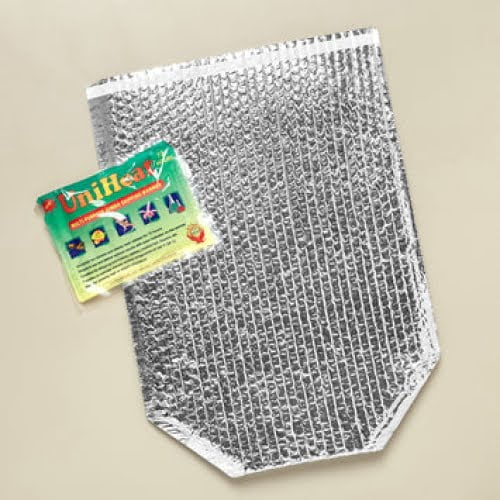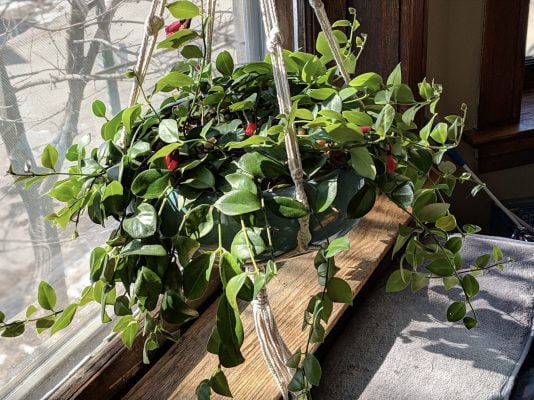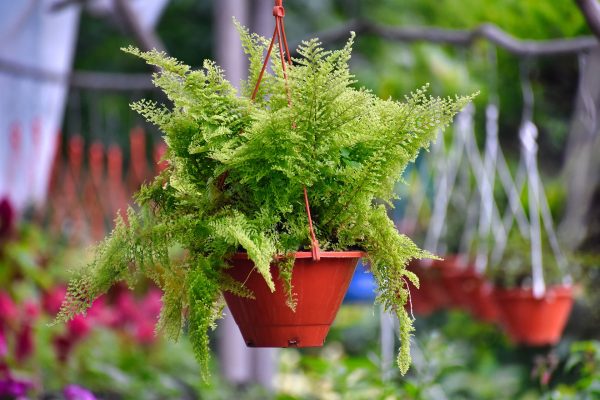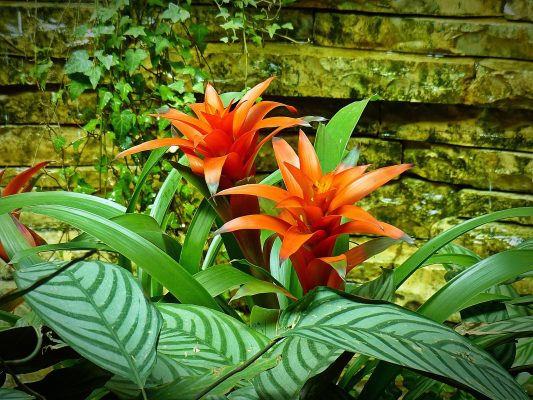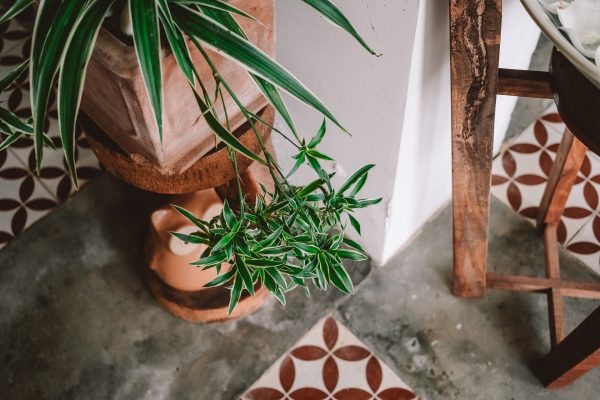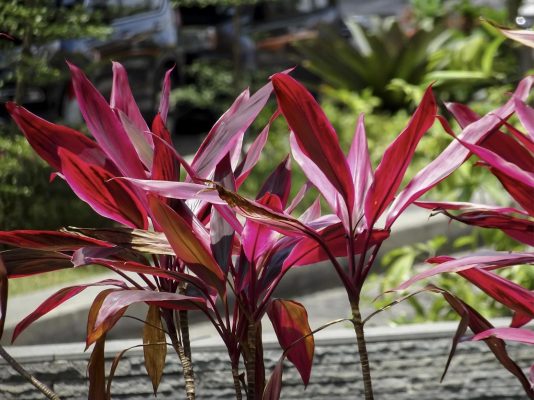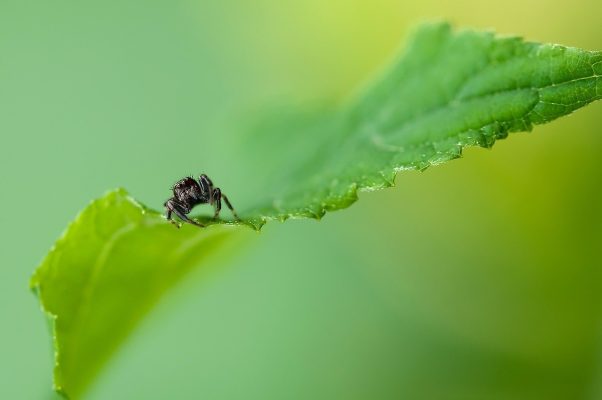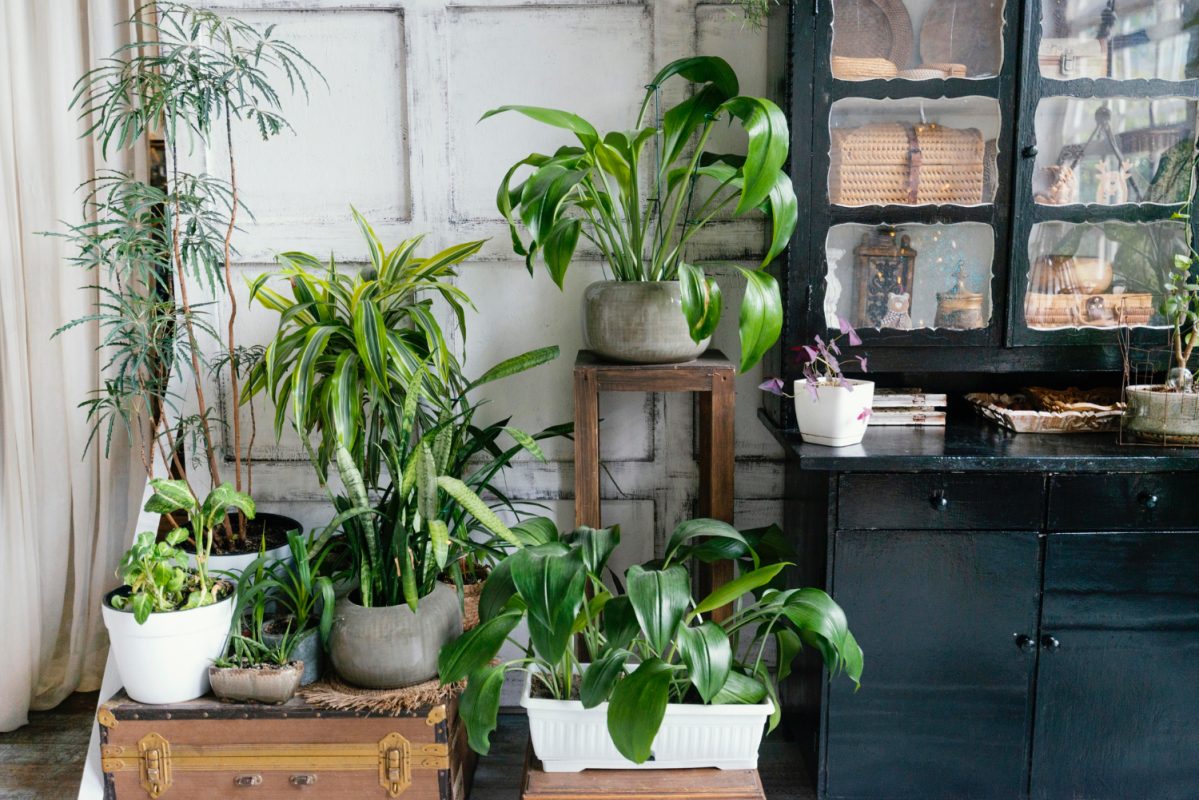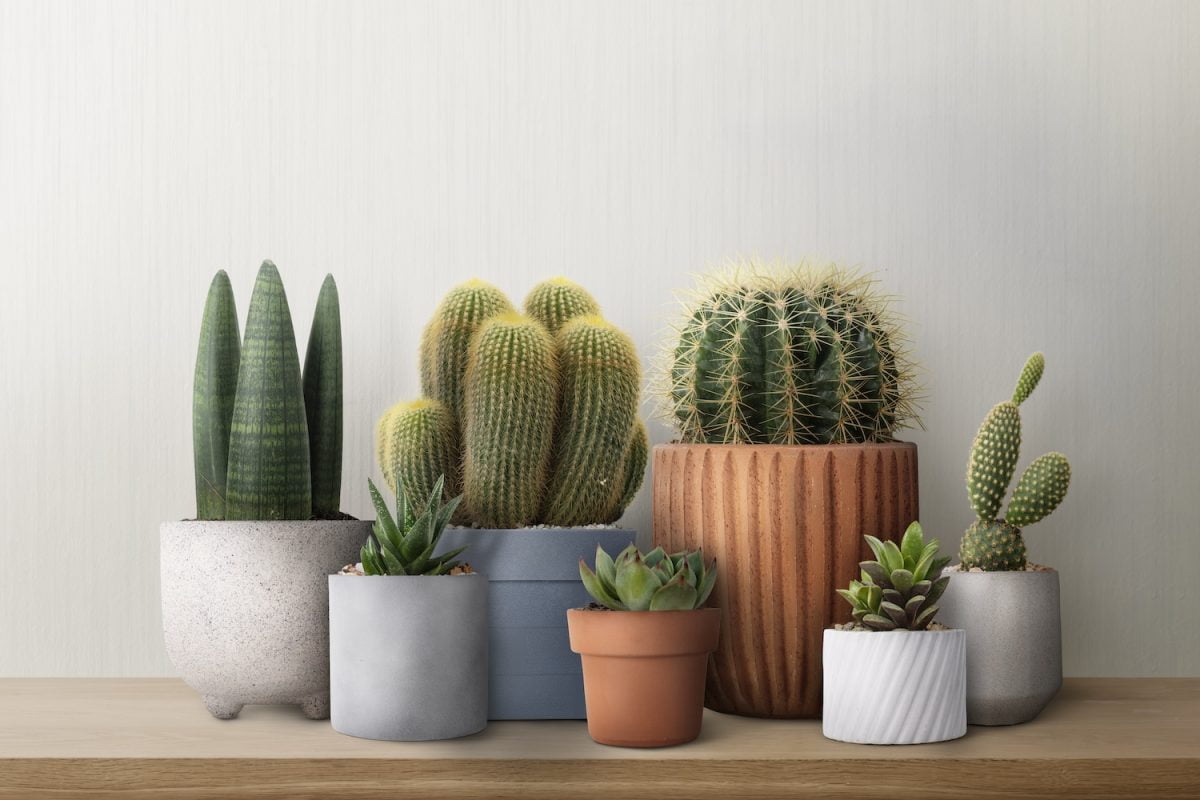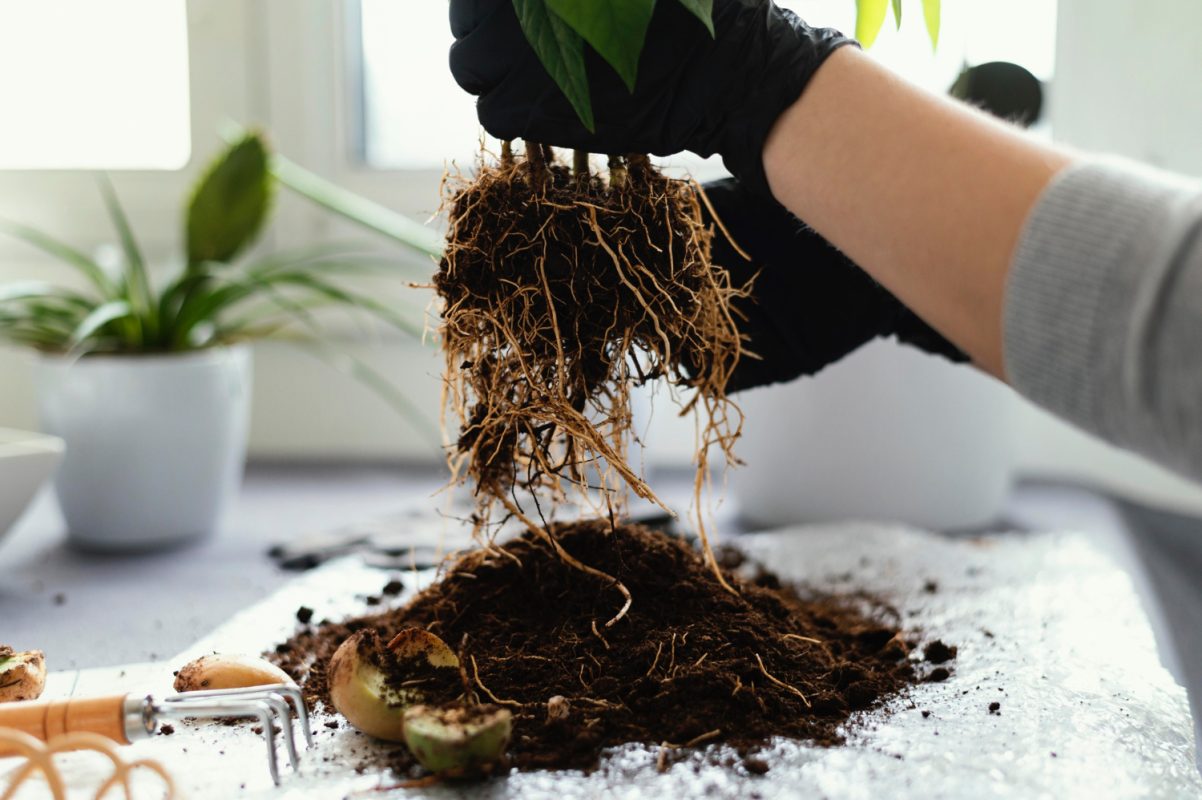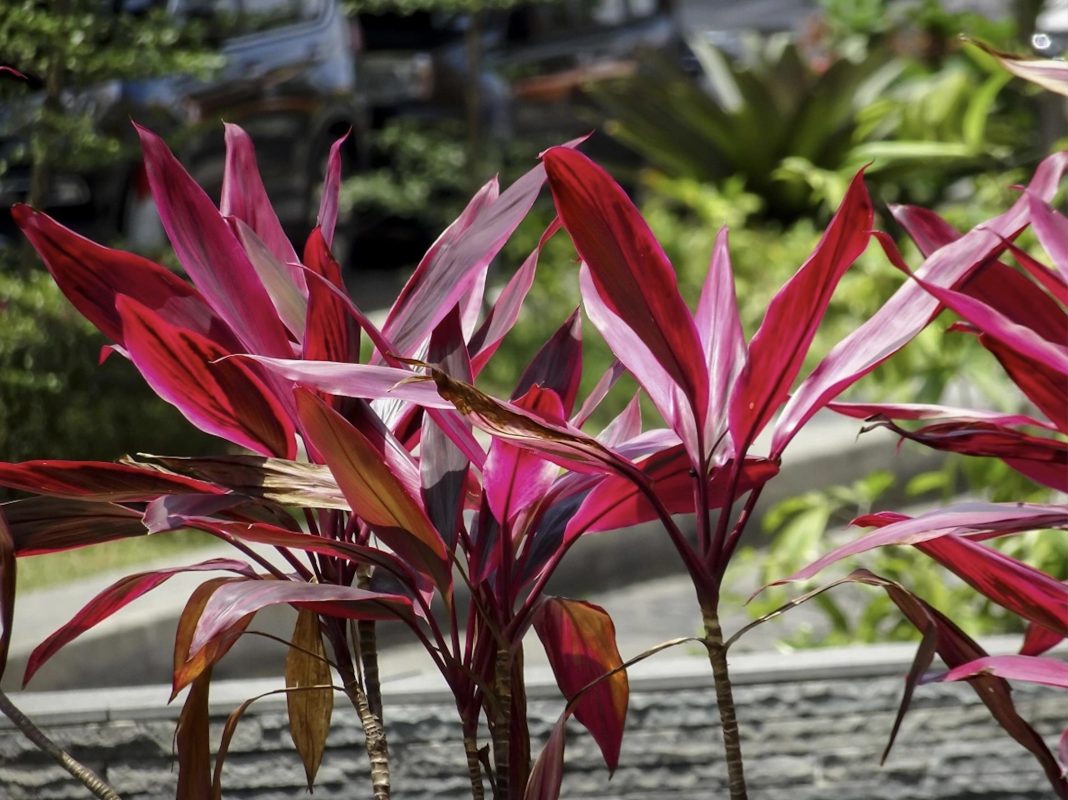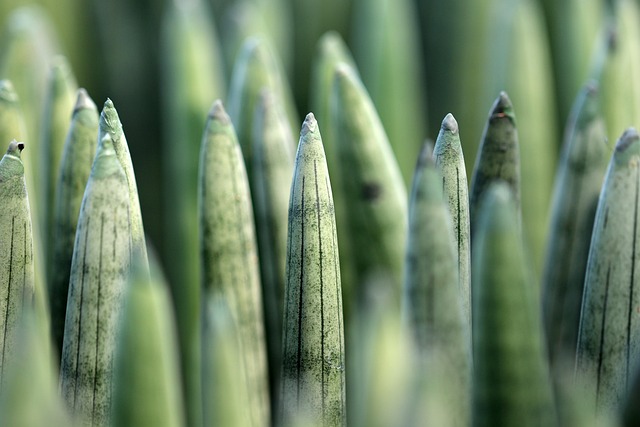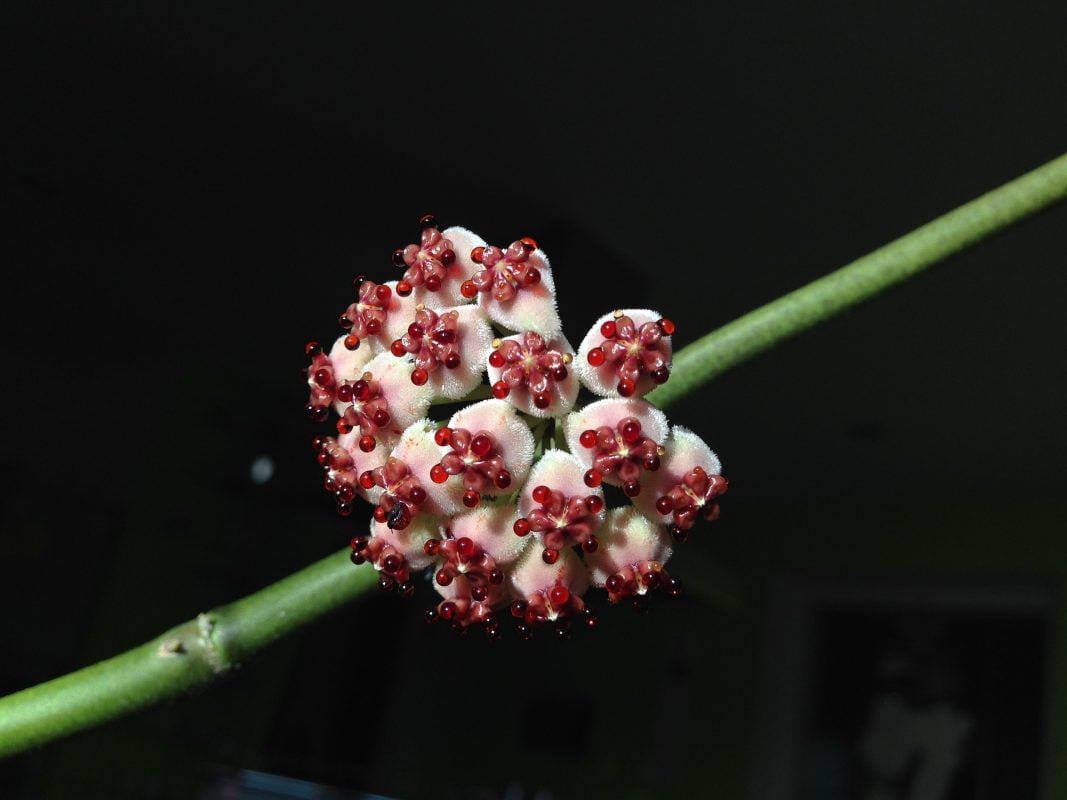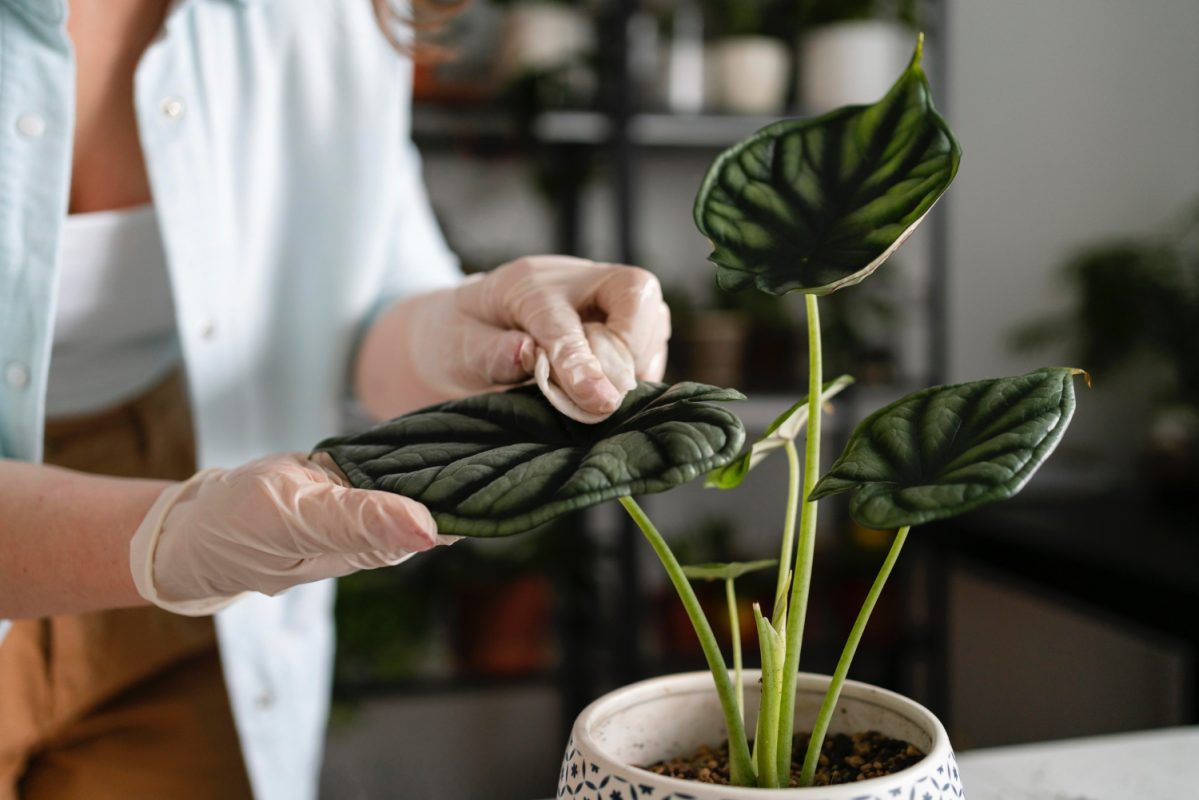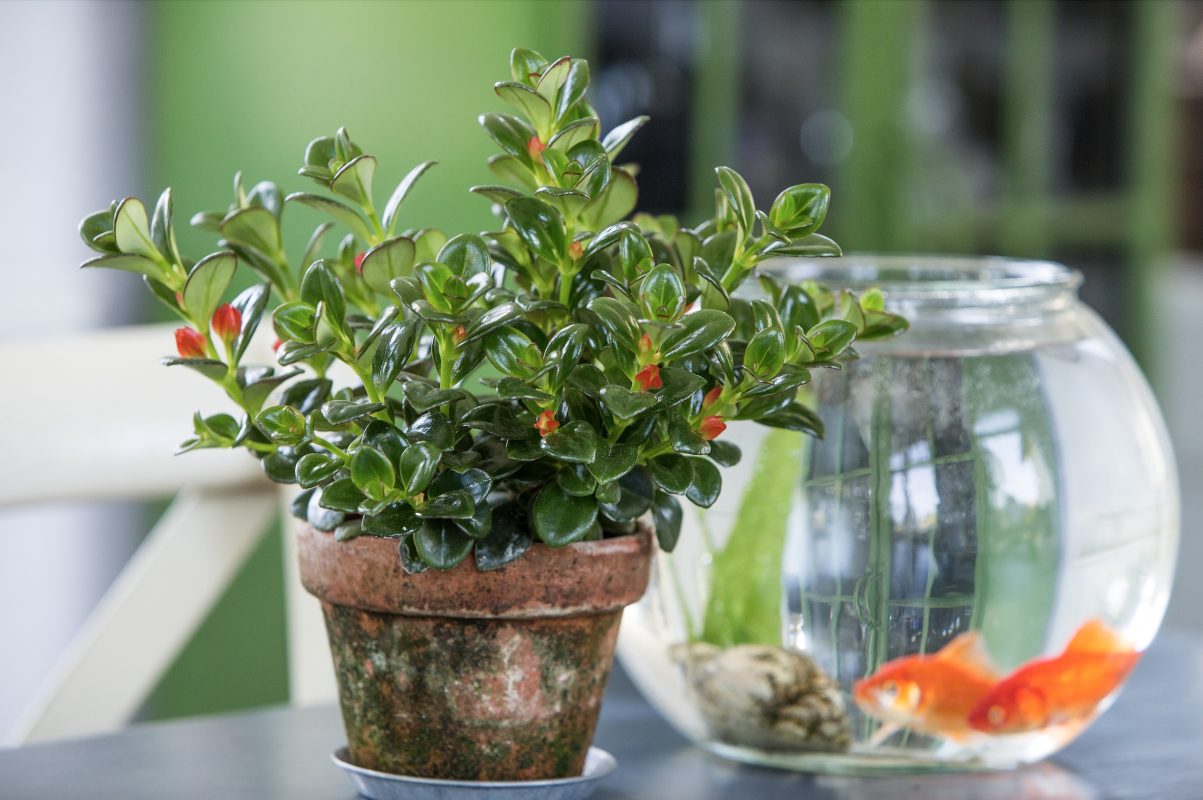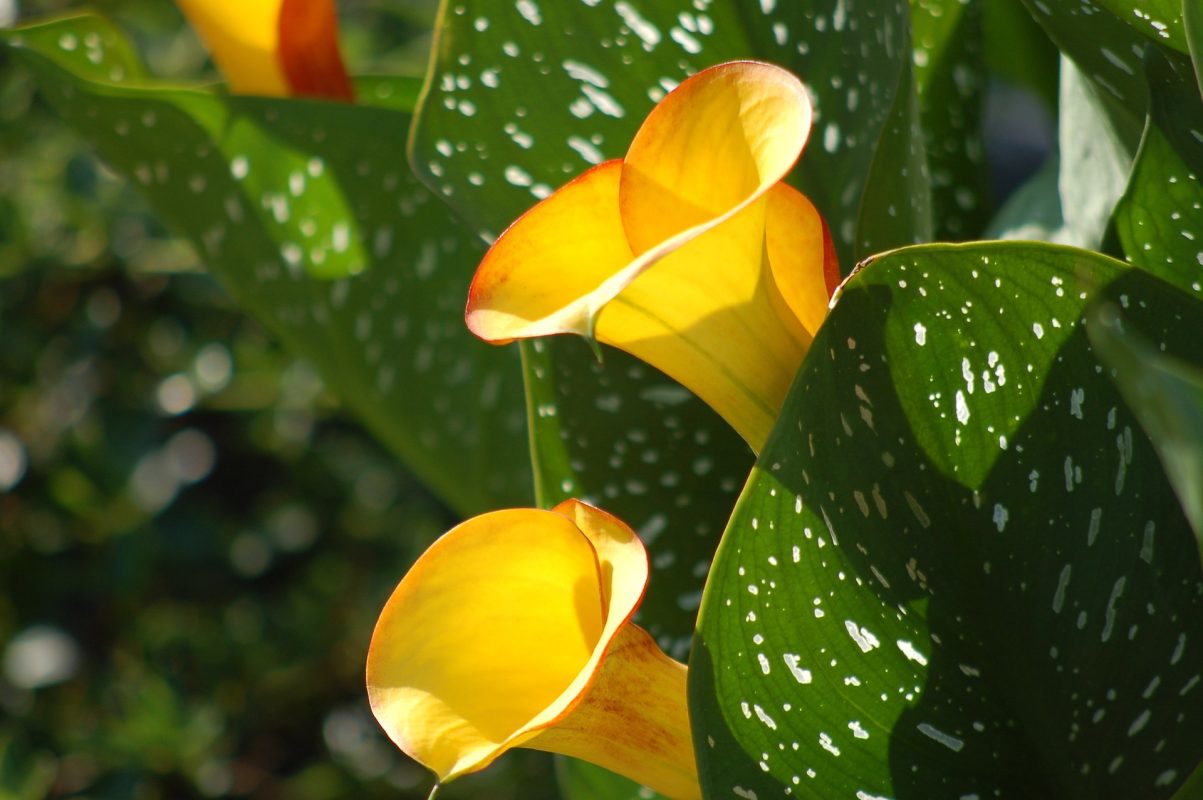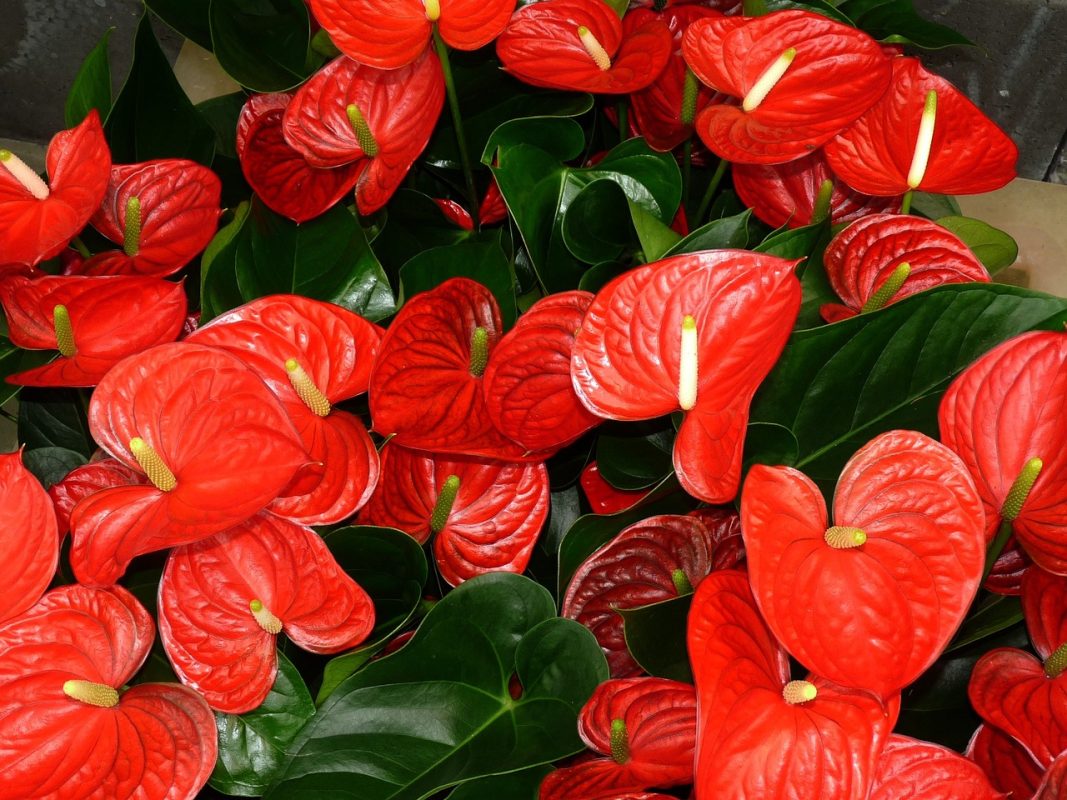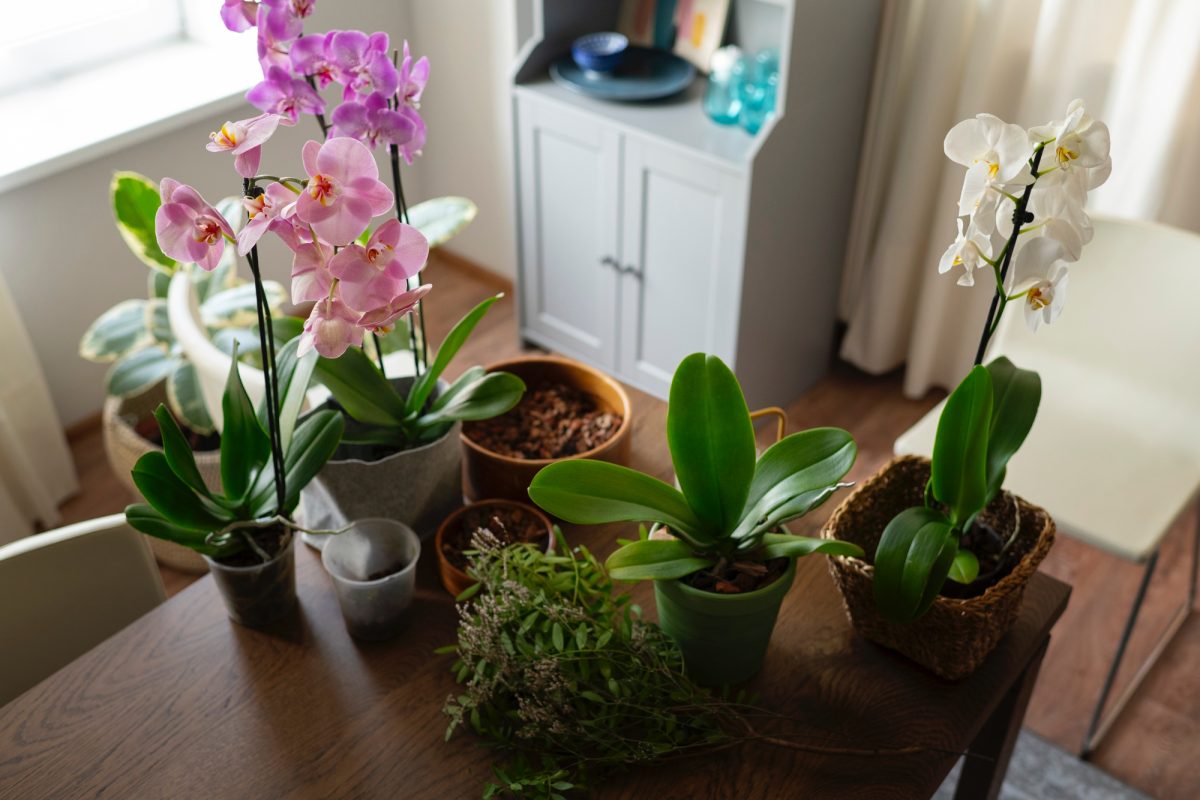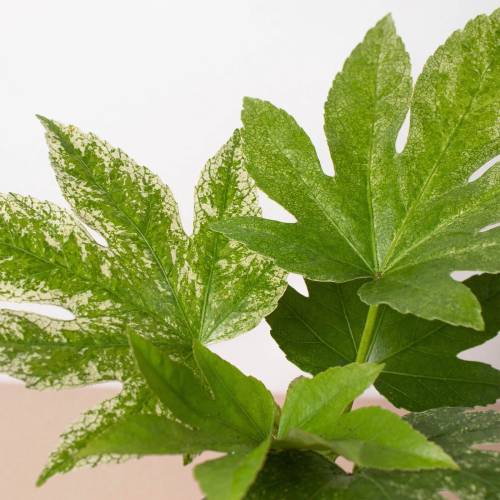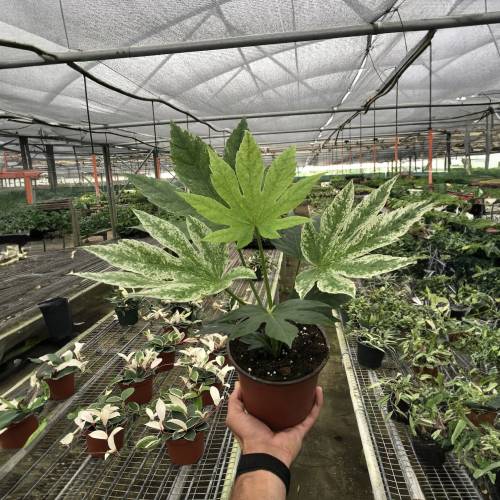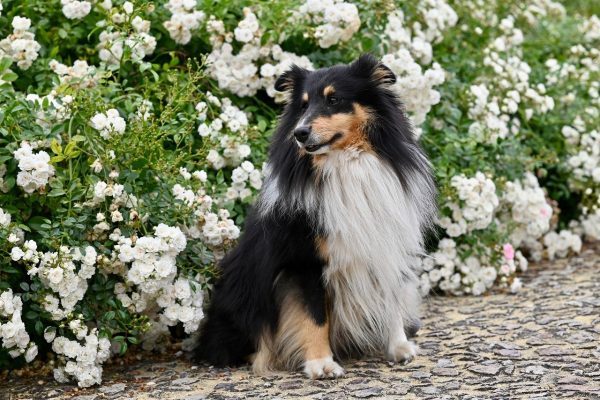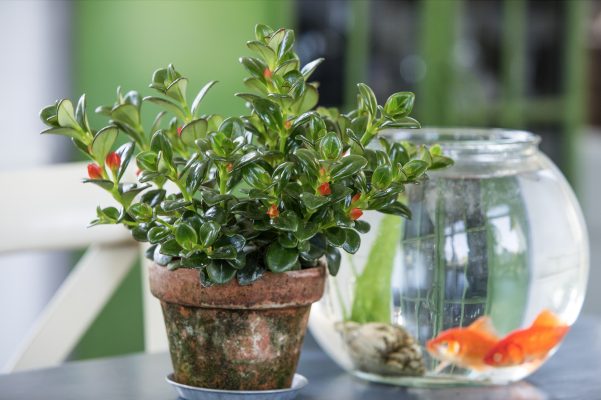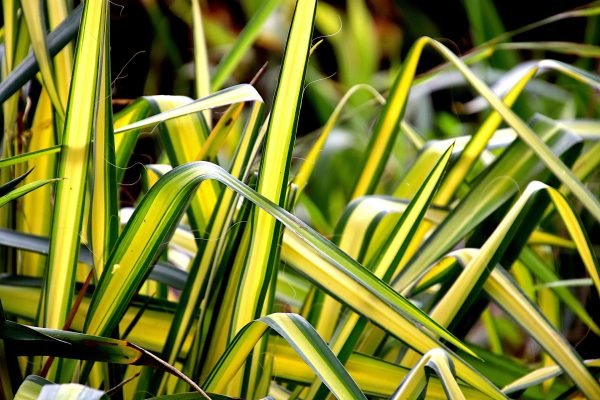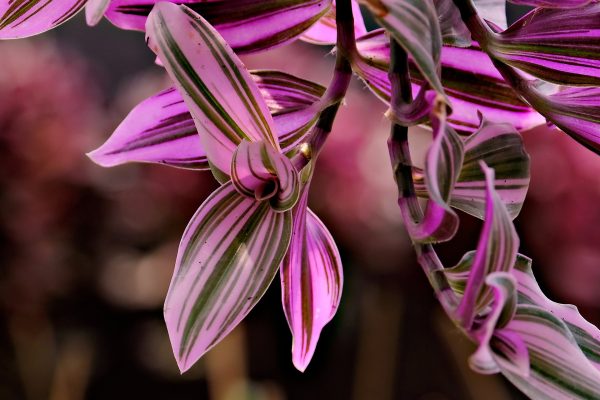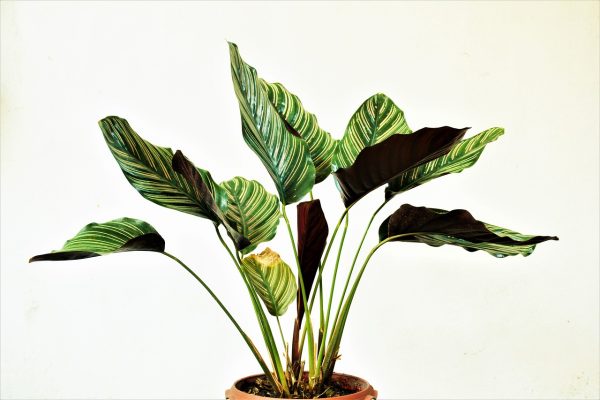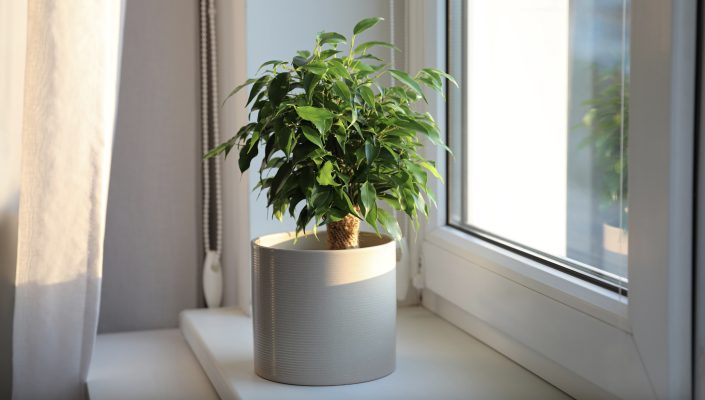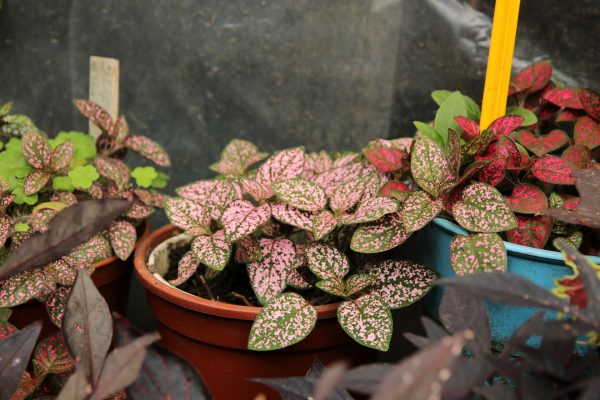Fatsia, scientifically known as Fatsia japonica, is a resilient and striking plant admired for its large, glossy leaves and architectural beauty. This comprehensive care guide is your roadmap to nurturing the radiance of Japanese Aralia, transforming your indoor or outdoor space into a haven of lush greenery.
I. Plant Overview:
- Scientific Name: Fatsia japonica
- Common Names: Japanese Aralia, Fatsia
- Origin: Native to Japan and South Korea.
II. Light Requirements:
- Ideal Conditions: Bright, indirect light. Fatsia tolerates shade but thrives with more sunlight.
- Tolerance: Adaptable to various light levels, including partial shade.
III. Watering:
- Frequency: Keep the soil consistently moist, especially during the growing season. Allow the top inch to dry before watering.
- Water Quality: Use room-temperature water. Ensure good drainage to prevent waterlogging.
- Humidity: Fatsia is adaptable to average indoor humidity levels.
IV. Soil:
- Type: Well-draining potting mix. A mix for tropical or indoor plants with added organic matter is suitable.
- pH Level: Slightly acidic to neutral (pH 6.0-7.0).
V. Temperature and Humidity:
- Temperature: Thrives in a cool to moderate environment, between 60-75°F (15-24°C).
- Humidity: Fatsia is adaptable to various humidity levels but appreciates higher humidity.
VI. Fertilization:
- Schedule: Feed every 4-6 weeks during the growing season (spring and summer).
- Fertilizer: Use a balanced liquid fertilizer, diluted to half strength. Reduce fertilization in the dormant season.
VII. Pruning and Maintenance:
- Pruning: Trim to control size and shape. Remove any yellow or damaged leaves. Pinch back for bushier growth.
- Cleaning: Wipe leaves with a damp cloth to remove dust. Keep the plant’s appearance neat.
VIII. Repotting:
- Frequency: Repot every 2-3 years or when the plant outgrows its container.
- Procedure: Gently lift the plant, inspect roots, and repot in fresh soil. Choose a container with drainage holes.
IX. Common Issues and Solutions:
- Yellowing Leaves: Overwatering or underwatering. Adjust watering habits accordingly.
- Pests: Check for spider mites or scale. Treat with insecticidal soap or neem oil.
- Leaf Drop: Sudden changes in light or temperature. Gradually acclimate the plant to new conditions.
X. Propagation:
- Method: Stem cuttings.
- Timing: Spring or early summer.
- Process: Take a cutting with at least two nodes, root in a well-draining mix, and plant in fresh soil when roots are established.
Fatsia, with its bold foliage, is a statement plant that brings an architectural elegance to any space. This guide empowers you to nurture the radiance of Japanese Aralia, ensuring it becomes a focal point of beauty in your indoor or outdoor oasis. Happy gardening!
our recommendation
you may also want to know



